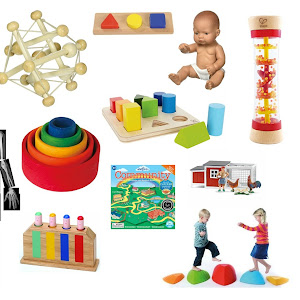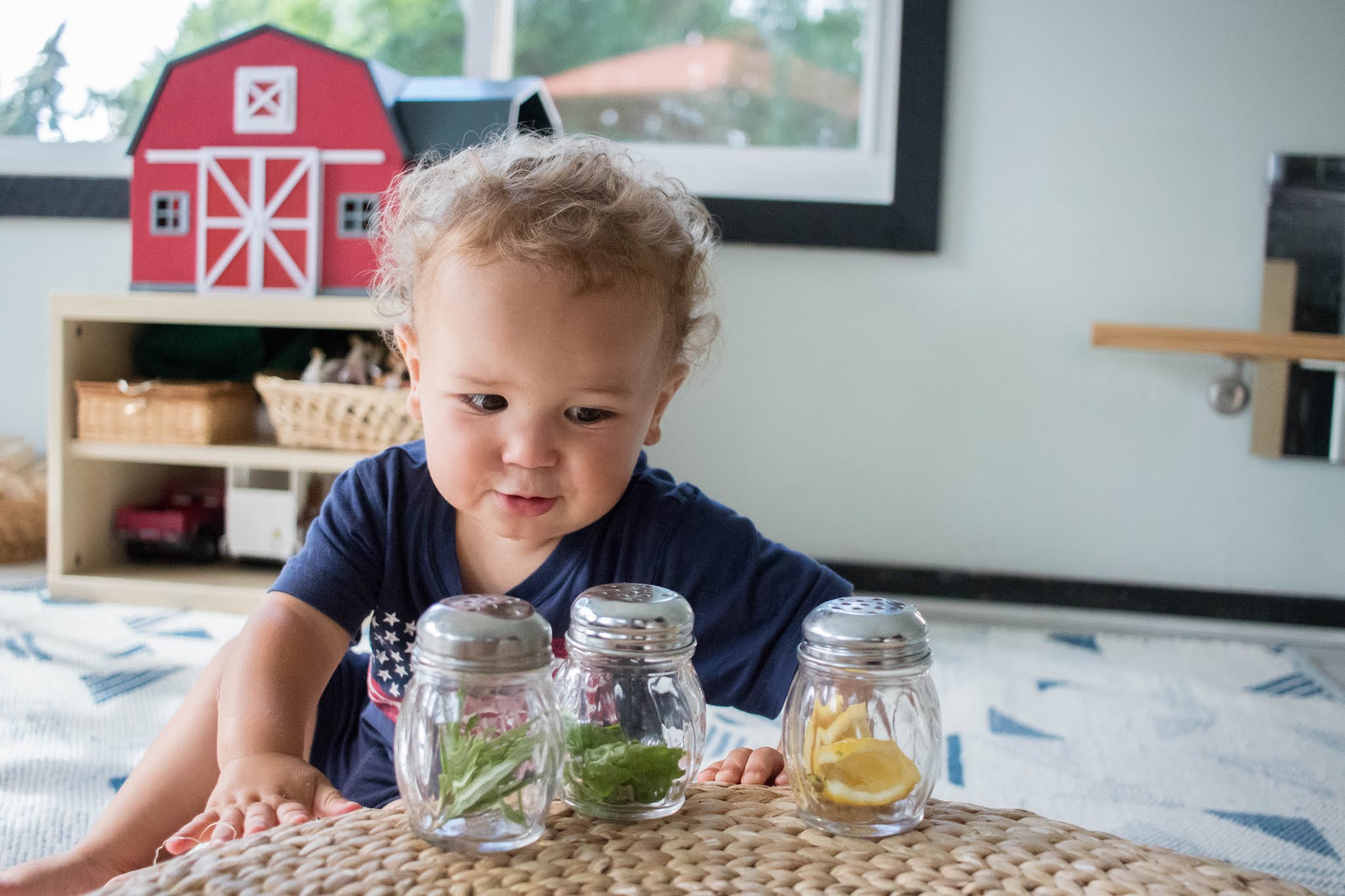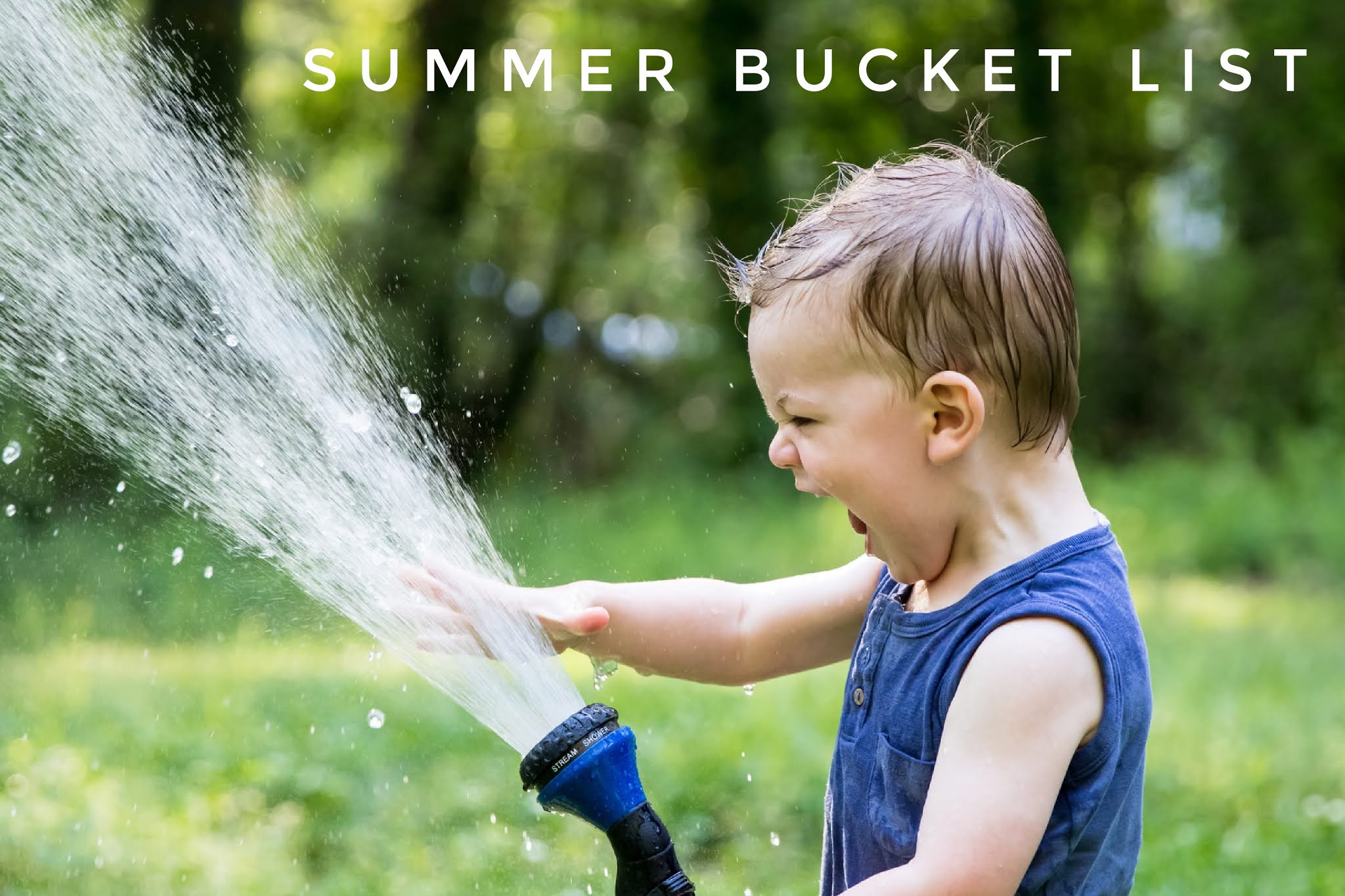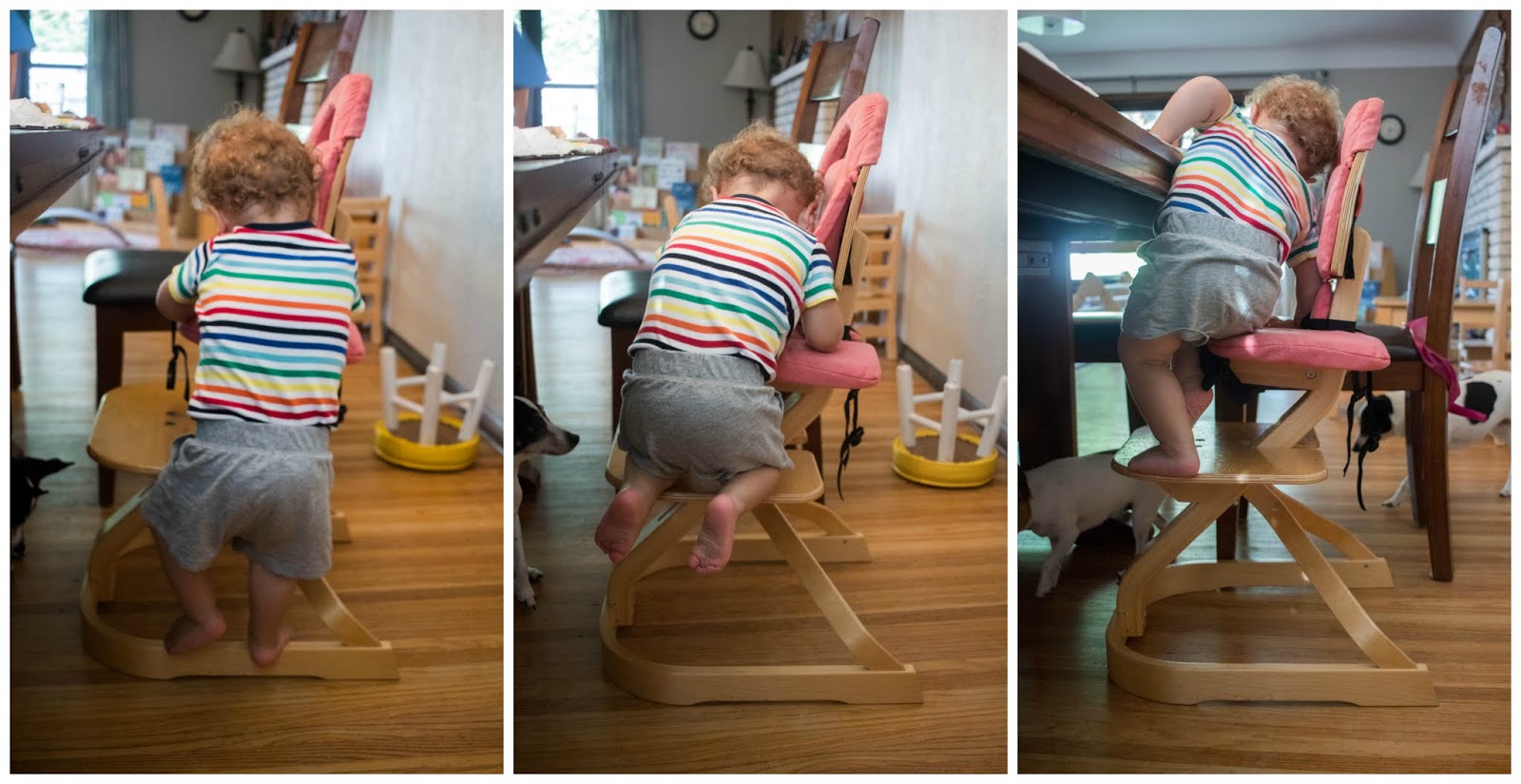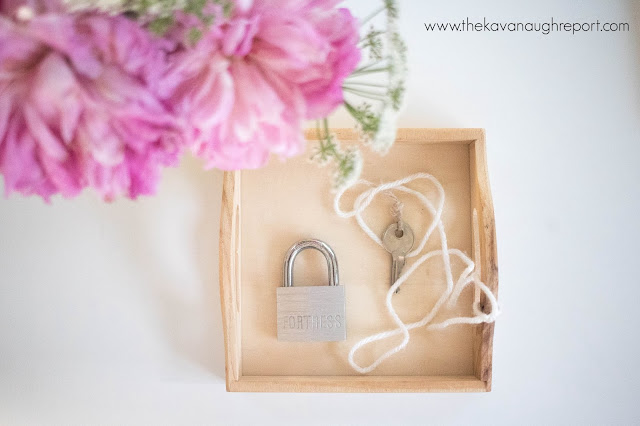This post week has taken a new turn around here - undies! Gus has shown some interest in getting the toilet learning process underway and we are following his lead. Unlike more traditional potty training where the process happens (usually a bit later) and is supposed to be a quick transition, toilet learning is a longer term shift. It's about creating a new routine around toileting and letting that process unfold naturally. The preparation for this kind of learning starts at birth with talking through diaper changes, preparing an environment that allows independent self-care, and changing my own expectations around what "potty training" should look like. Some things that we looked for in preparation for toilet learning included: an interest in his body the ability to pull down a basic pair of undies or pants for Gus, steady on his feet without his braces on notices bodily functions initiating interest in sitting on the small potty or toilet...
